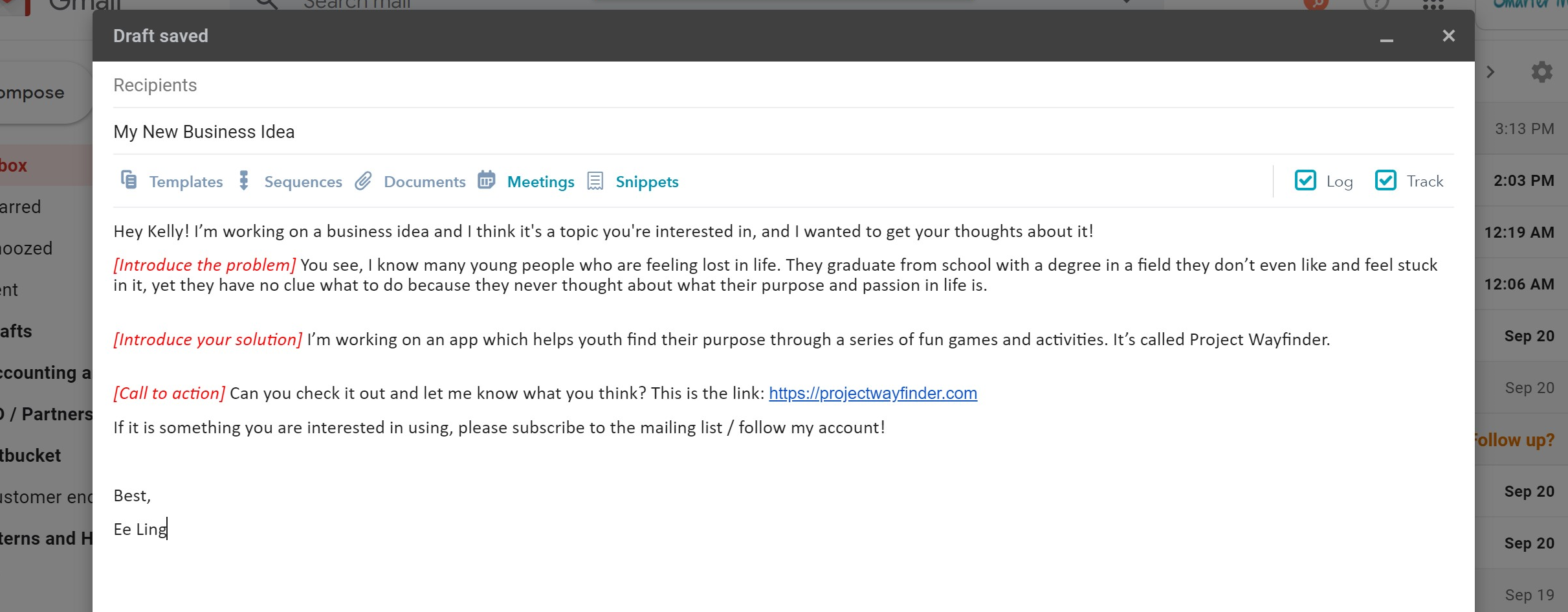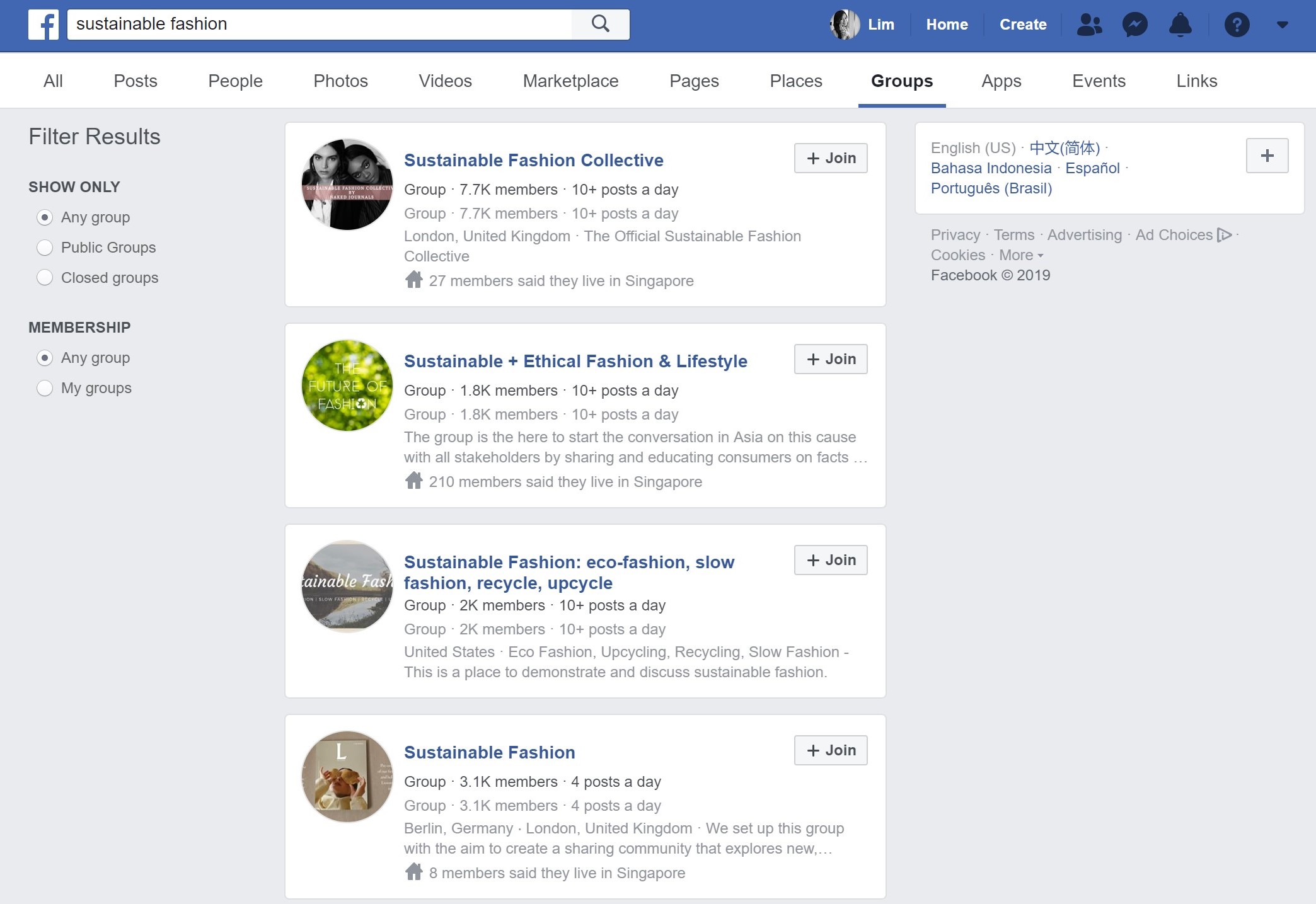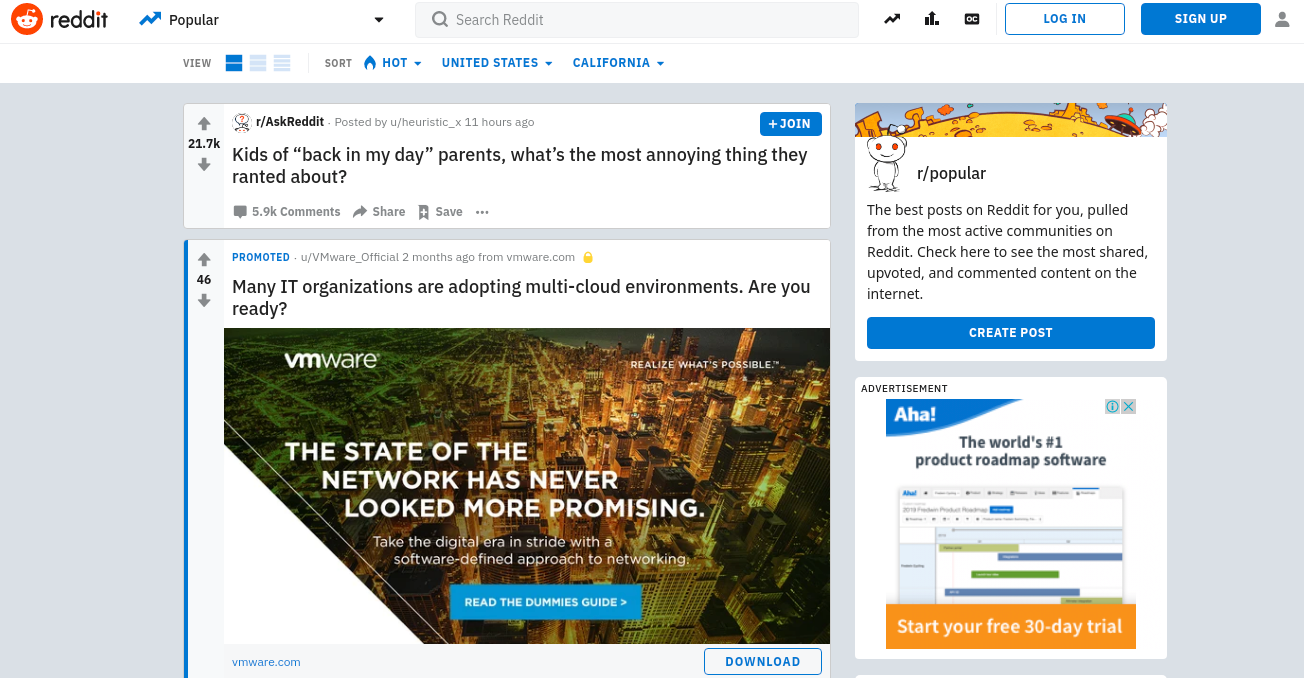We’ve talked about building our MVP in the How To Build My MVP post. Now, let’s talk about how we’re going to find users to find out if there is real demand for our product.
Disclaimer: This post assumes that we’re at pre-production stage (we don’t have an actual product to sell yet). And our aim is to build a list of potential interested customers, so that when we are ready to sell, we have 1000+ people we can launch to.
Start With Friends

Credit: Photo by Pedro Sandrini from Pexels
Yes, start with people we know, people our parents know, people our teachers know. Prepare a spreadsheet with all the email addresses, numbers, social media accounts. This will help us keep track of how many people we reached out to, vs. how many responses we get.
Draft our introduction message. It can be anything like this
There should be a link to our landing page or social media account or even a form. Make sure there is a way to collect the visitor’s contact details.

The first few messages we send will by definition be the worst messages we will ever send, because we know the least about our audience. So, we want to make sure those messages are going to a more forgiving audience. Grandma loves us no matter what, right?
Pro Tip: Be personal. No one likes receiving a mass forwarded message. But add the person’s name, change the tone, make it seem like we’re writing specifically to him/her, and it really increases responses!
Get Referred

Credit: Photo by Pedro Sandrini from Pexels
The second reason why we start with friends is because they are most likely to share our message based on our relationship, and sharing our message is how we build word of mouth!
So always ask: “Can you think of 2 other people you know who might be interested in this?
Get connected. “Can you share his/her email/Instagram account/Wechat etc. with me?”
Even if the person says no, make a last attempt: “Can you share this link with him/her?”
Interest-Based User Groups

There are just about an interest group for everything, on Facebook. From Pet lovers in Singapore, Parents in East Coast, to Startup Mamak for entrepreneurs in Malaysia, there’s a ton of public Facebook groups you can join, depending on our target market.
Find a couple, join, and post a message asking for help to answer a survey and give feedback and we’ll find people happy to help.
As a student, if you mention that you’re working on a startup project, your response rate will be much higher than what adults get! But don’t start selling in there or you’ll get banned.
Paid Lead Generation
After we have exhausted the above routes, there’s still ways to bring in targeted traffic.
Reddit:
Reddit ads are super cheap, highly targetable. There’s a subreddit for just about anything, and we can run ads on any subreddits.

Facebook:
If we have some budget, we can run an ad on Facebook and Instagram, choosing the Lead Generation objective, or the Reach objective.
If we have a straightforward product with little explanation needed, Lead Gen may work, because the audience sees the ad and fills up the form directly on Facebook/Instagram. If we need to take the audience to a landing page to read more, watch a video, etc., then choosing the Reach objective and including a link to our landing page might be better.
It’s a lot of trial and error, but the good thing is we can customize our precise target audience and set whatever budget we want (even $5, though that wouldn’t bring many people)!
Uhh…What if my target customer is a corporate?

Credit: Photo by rawpixel.com from Pexels
The same outreach methods apply: Start with people we know, get referred, cold call.
But what we do next is different.
We’ll need to set up meetings, be prepared to present our business idea and prototype to them.
If they are interested, we capture their interest by having a Letter of Intent, which is like a sales contract but without the actual sales. If it’s way too formal at this stage, getting the intent recorded in email, or a recorded testimonial in video would help.
To conclude, here are three rules to remember:
 Photo by Abhiram Prakash from Pexels
Photo by Abhiram Prakash from Pexels
- Stay On Track: In finding our initial users, focus on getting those in our target market. Yes – the one we identified in the business plan. If we’re building mental health app for youth, getting a hundred 40+ year olds doesn’t count.
- Listen: Different users may give different feedback, but they are our best source to decide how to take our business forward. Just take in all the feedback, without the urgency to act on it immediately. It’ll help us in the long run.
- When to Pivot: We will get rejected. It’s a way of life. But when is it one too many? There’s no fixed answer here, but a sample size of 50 individuals or 10 corporates is probably indicative enough – if 80% of them says no, this idea sucks, it’s probably time to change track.
Have fun finding your beta users!


